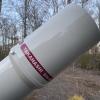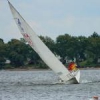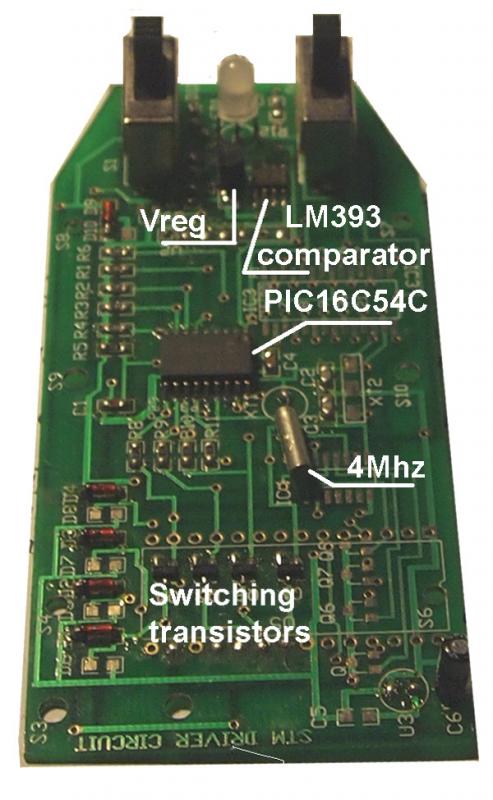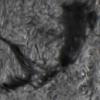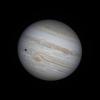I mean, really... we pay our hard earned dollars for equipment and we have reasonable expectation that this stuff will do as advertised, right? And not just astronomy equipment, I find this problem with everything... but I digress... this is about astronomy equipment, and specifically my RA drive for "The Beast".
I bought the drive on the recommendation from another CNer, who also had one and I am sure his worked right out of the box, as it probably does for most people. However, from the first time I used mine, I knew something wasn't quite right. Keep in mind that I am a newbie, and still finding my way around, but I KNOW if the drive is supposed to put an object in stop motion, then it should never leave the center of view... it's supposed to track the object. Mine did not, I was constantly pressing the 8X button to slew RA in order to re-center an object. OK, I thought, maybe it is just THAT object... tried it on planets, the moon, M42, solar... same result. OK, now I am sure it's the drive. At this point, most sane people would contact the vendor and request a replacement. I never claimed to be COMPLETELY sane...
What was I going to do? And at this point, my return option had spoiled, so I was left to deal with a defective drive. Fortunately, all my career has been spent repairing and modifying mechanical and electrical equipment, and most of the time with minimal training on the equipment. Time to dig in and figure it out.
So my first thought was "There must be a pot for the manufacturer to dial in the speed". So, in light of that, the following is presented as a resource for anyone facing the same issue with the RA drive of their mount...

^^^ The first thing to do is pop off the buttons. I didn't do this first and the cover wouldn't release. They come off much like the keys of a computer keyboard.
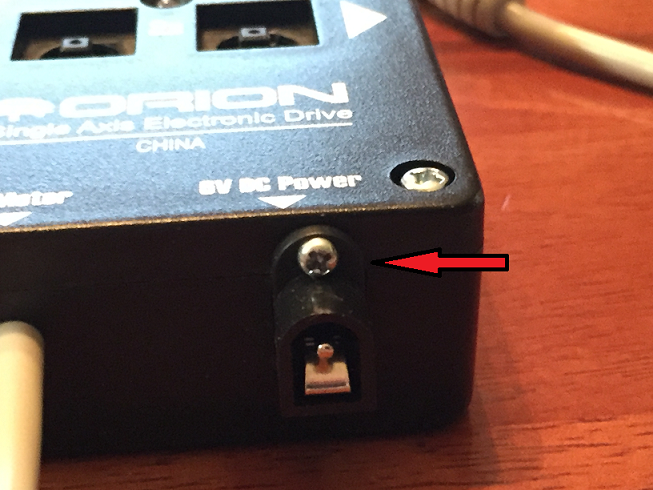
^^^ Step 2 - remove the screw that holds the DC connector. There is another on the underside, but you can leave that one alone.
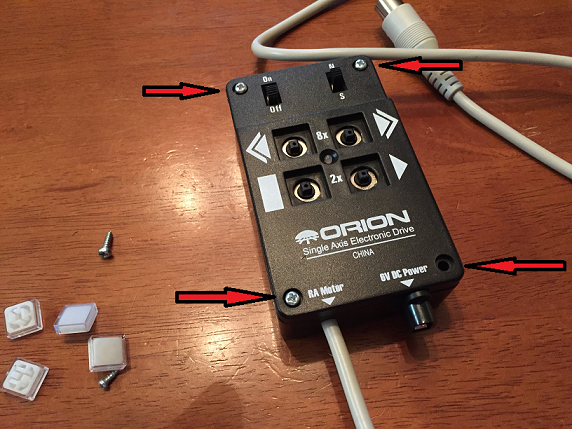
^^^ Finally, remove the 4 screws that hold the cover in place.
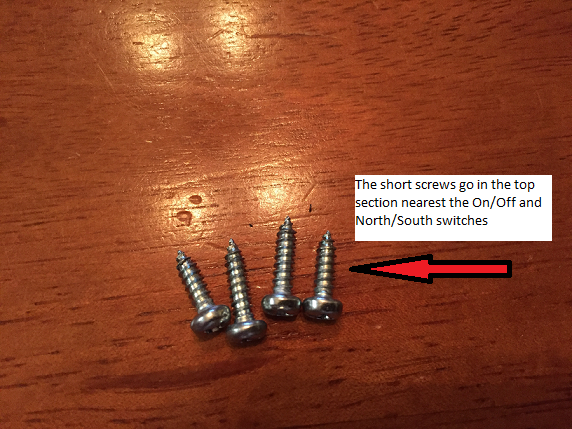
^^^ You will find 2 long and 2 short screws. The short ones go into the top 2 holes near the On/Off and North/South switches.
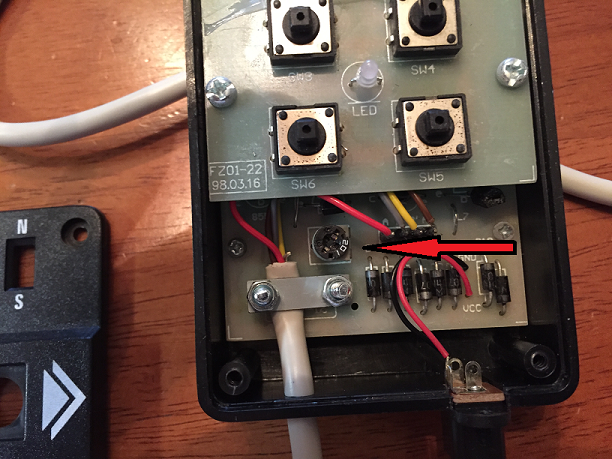
^^^ After removing the cover, boom, there she is!
I only had a short session on the 24th while doing some solar observing, and turning the pot clockwise made the difference. It's not completely fixed, clouds rolled in before I could finalize my adjustment, but I am so close now, I could probably leave it alone... took about 10 minutes for the solar disk to go from centered to touching the field stop while using my 14.5mm eyepiece.
And to add this: this has not been intended to slam any vendor. I am sure this vendor makes fine equipment, and had I called their CS dept., they would have made it good. I do hope this will be helpful for anyone experiencing the same issues I did.
Clear skies guys!
CB





